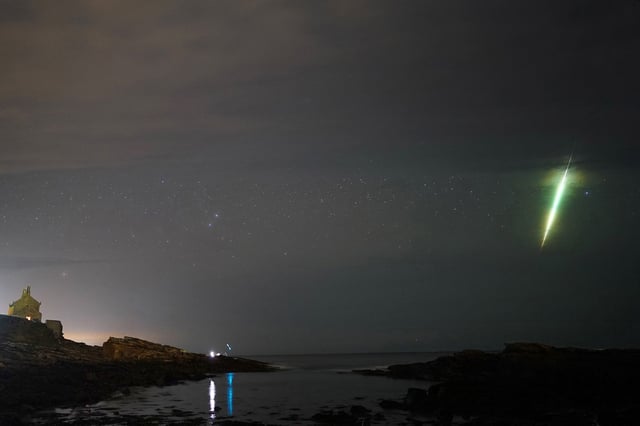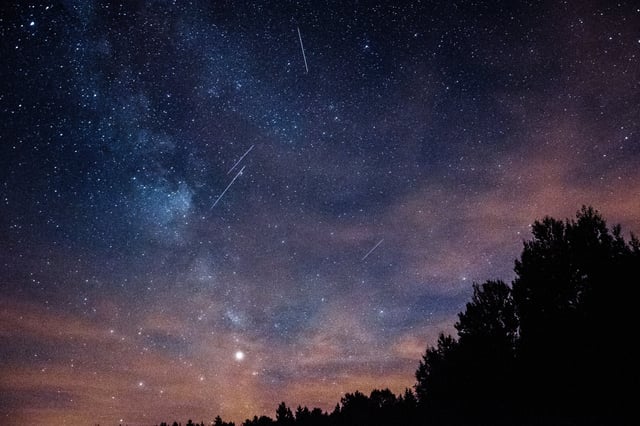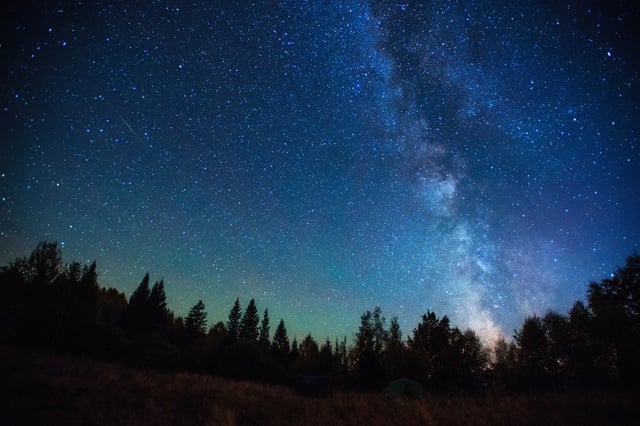Overview
- The Draconid meteor shower ran Oct. 6–10 and peaked Oct. 8, with the narrow maximum occurring around 19:00 UTC (3 p.m. ET).
- Debris from comet 21P/Giacobini‑Zinner powered the display, and the comet’s March perihelion raised the potential for enhanced activity this year.
- Viewing was challenged by a near‑full supermoon that washed out fainter meteors, despite the shower’s occasional ability to produce sudden outbursts.
- Best prospects traditionally come just after dusk in the Northern Hemisphere, facing the northern sky near Draco, from dark locations with eyes adapted for 20–30 minutes.
- The more reliable Orionids—fed by Halley’s Comet—are expected to peak Oct. 21–22 with roughly 10–20 meteors per hour under much darker, moonless skies.



